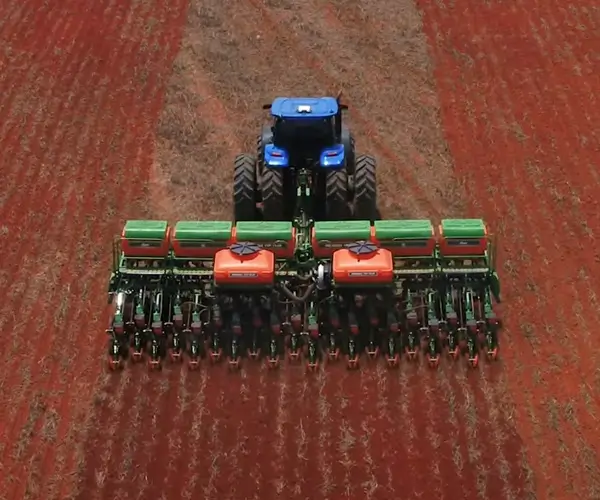part 1:
Unlocking the Power of Servo Motors with Arduino Uno: Your Ultimate Beginner’s Guide
Are you ready to dive into the world of robotics and automation? Whether you’re a hobbyist, student, or aspiring engineer, understanding how to connect and control servo motors using an Arduino Uno is an essential skill that opens up countless possibilities. Imagine building robotic arms, automatic curtains, camera gimbals, or even intricate art installations—servos make all of these projects possible thanks to their precise movement capability.

This article serves as a thorough introduction, guiding you through the fundamental steps involved in connecting a servo motor to your Arduino Uno. We will explore the basics of servo motors, the components needed, the wiring process, and dimensioning your first program to bring movement to life.
What is a Servo Motor?
Before jumping into connections, it’s important to grasp what a servo motor actually is. Unlike typical motors that continuously rotate in either direction, servo motors are designed for controlled, accurate angular positioning. They are commonly used in radio-controlled vehicles, robotics, and industrial automation because they can be precisely labeled for specific positions—usually within a range of 0 to 180 degrees.
Most servo motors consist of a small DC motor combined with a gear train and a position sensor (usually a potentiometer). The integrated control circuitry allows the motor to move to a specified angle based on signals sent from a controller like Arduino Uno.
Why Use a Servo Motor with Arduino Uno?
Precision: Servo motors can rotate to specific angles, making them perfect for applications requiring accuracy. Ease of Control: They generally only require a single control signal, simplifying interfacing. Versatility: Whether you’re controlling a hinge, dial, or robotic limb, servos adapt well to various projects.
Components Needed for Connection
Here’s what you’ll need to get started:
Arduino Uno Board: The "brain" for controlling the servo. Servo Motor: Popular brands like SG90 or MG90S are great starting points. Power Supply: Although most small servos can run off the Arduino’s 5V pin, larger servos may need an external power source. Jumper Wires: For making connections. Breadboard (Optional): To facilitate connections and prototyping. Resistor (Optional): For noise filtering in some cases.
Understanding the Wiring — The Basics
A typical hobby servo motor has three wires:
Power (Vcc): Usually red or orange. Ground (GND): Usually black or brown. Control Signal: Usually yellow, white, or orange.
In the Arduino world, the control signal is a PWM (Pulse Width Modulation) signal which tells the servo what position to go to.
Here's a simplified overview of how the connection should look:
Connect the servo power wire to the 5V pin on the Arduino. Connect the ground wire to the GND pin. Connect the control wire to a PWM-capable digital pin on the Arduino (such as pin 9).
Note: Always check your servo motor’s datasheet to confirm voltage ratings and wiring, especially for larger or different models.
Wiring Your Servo Motor to Arduino Uno: Step-by-step
Connect Power: Take the servo’s Vcc wire and connect it to the Arduino’s 5V pin (or an external 5V power source if your servo demands more current). Connect Ground: Connect the servo’s GND wire to a GND pin on the Arduino. Connect Control: Connect the servo's control wire to digital pin 9 on the Arduino Uno (or any other PWM-capable pin).
Tip: Use breadboard clips or jumper wires for quick prototyping and easier troubleshooting.
Powering the Servo: Troubleshooting Tips
Many beginners run into issues here. Running larger servos directly off the Arduino’s 5V pin might cause sudden resets due to insufficient current. If you notice erratic movements or resets:
Use an external power supply (e.g., a 5V power adapter with enough current rating—often 1A or more). Keep the ground of the external power supply connected to the Arduino ground to ensure a common reference point. Never power multiple servos from the Arduino directly unless the power supply can handle the load.
First Test Program: Moving Your Servo
Once your hardware is wired, it’s time to write a basic code to test your servo:
#include Servo myServo; void setup() { myServo.attach(9); // attach the control pin to digital pin 9 } void loop() { myServo.write(0); // move to 0 degrees delay(1000); myServo.write(90); // move to 90 degrees delay(1000); myServo.write(180); // move to 180 degrees delay(1000); }
Upload it to your Arduino and watch the servo move to each position in sequence. That’s the thrill of basic control — your first step towards more complex movements.
Stay tuned for Part 2, where we’ll explore advanced control techniques, implementing sensors, and fine-tuning your servo operations for real-world applications.
Kpower has delivered professional drive system solutions to over 500 enterprise clients globally with products covering various fields such as Smart Home Systems, Automatic Electronics, Robotics, Precision Agriculture, Drones, and Industrial Automation.




































